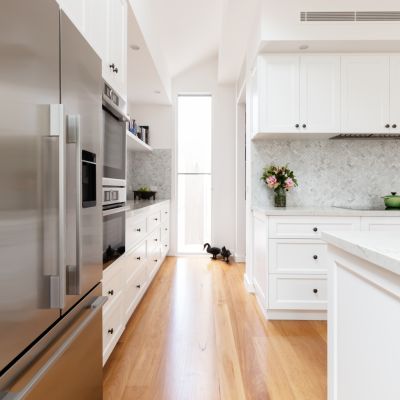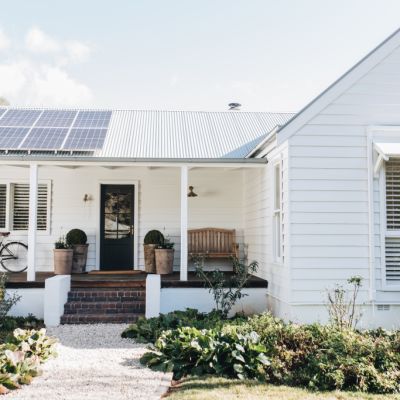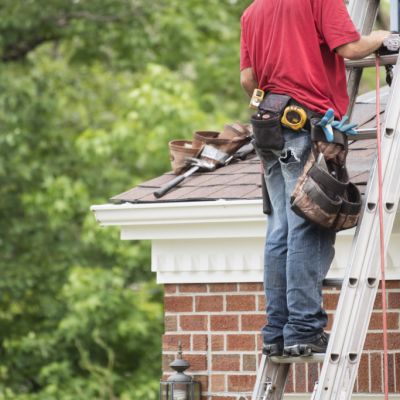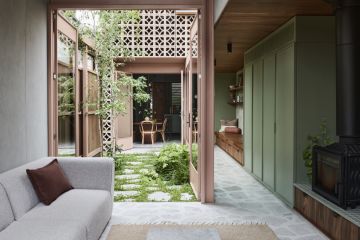How to retrofit your windows with double glazing, and keep your house warm in winter

Up to 40 per cent of a home’s heating energy is lost through windows, according to the Australian Window Association. One way to minimise heat loss and save electricity is to use double-glazed windows throughout the home.
Double glazing improves the thermal performance of windows by creating an insulating layer of air or gas trapped between two panes of glass. However, installing new double-glazed windows is an expensive exercise.
Fortunately, there are a number of lower-priced alternatives for those prepared to put in some elbow grease.
DIY window glass replacement
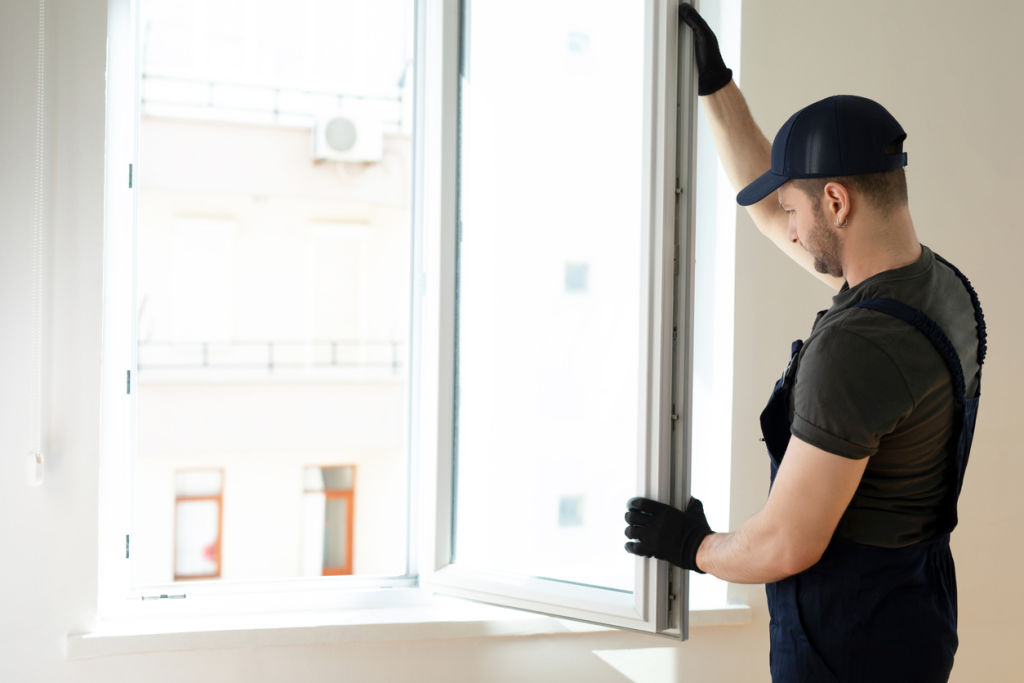
After discovering it would cost about $40,000 to refit new windows with double glazing, Melbourne-based Alan Cuthbertson sought out a cheaper solution with the help of a glazier mate.
Cuthbertson, a self-taught installer and former computer programmer with a PhD in physics, explains that glass is a poor insulator.
“Most heat is lost through the actual glass itself,” he says. “A three-millimetre window has an R-Value [a measure of thermal resistance] of about 0.2,” he says. This compares with an R-Value of walls ranging from around 2 to 7, Cuthbertson says.
Rather than replace his windows, Cuthbertson removed the glass and put in new double-glazed panes. His success with the solution led him to found DIY Double Glaze.
To remove and refit glass to your window, frames need to be in robust condition. The method doesn’t suit most aluminium frames, and if your windows are the double-hung type, it can be tricky (though not impossible) to remove and replace the glass.
Secondary glazing
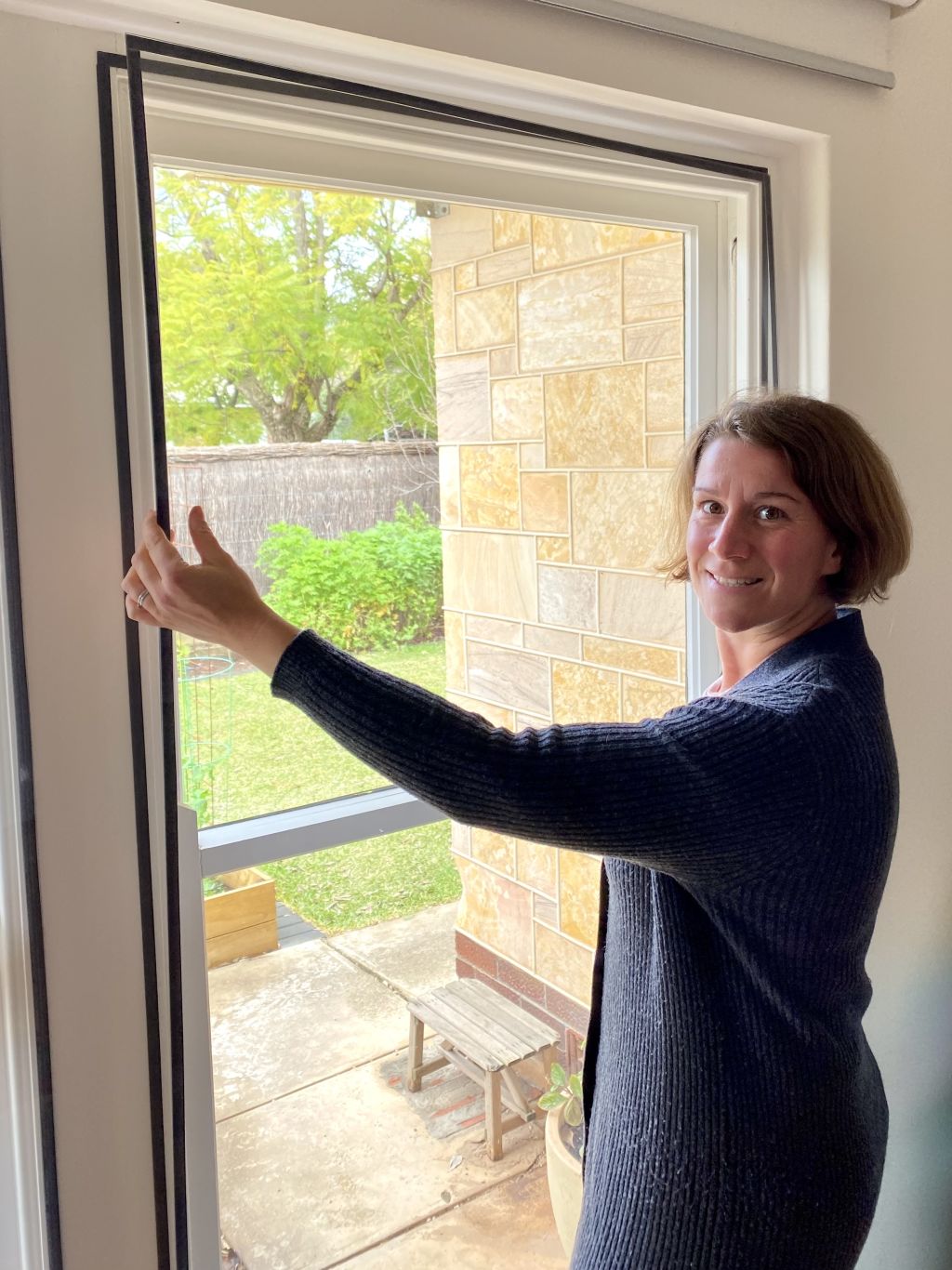
An alternative approach involves augmenting your existing windows with a second, totally independent window panel, says Richard Keech, a Melbourne-based energy efficiency consultant and author of The Energy Freedom Home. Rather than glass, an acrylic sheet is commonly used, Keech says.
Secondary glazing costs a quarter to a third of the cost of complete window replacement, yet performance is comparable, Keech says. Like retrofitting double glazing, it also allows older homes with timber frames to retain their character. However, not all windows, including most cheap aluminium frames, suit the method.
Adelaide-based Helen Karapandzic installed removable acrylic panels with magnetic fixings to the sash windows of her 1960s brick home. “We considered both updating and replacing our windows, but it was hard to justify the cost – both financial and environmental – of replacing perfectly good windows,” she says.
Karapandzic ordered cut-to-size Astariglas panels from a local wholesaler and Magnafix adhesive magnetic tape to affix them to the windows.
“We did the installation ourselves, which took around three hours for 12 windows. The total project cost was just under $1500 all up,” she says.
“The effect was instantaneous! Our home is now warm and draught-free, and there is much less noise from passing traffic. The units blend in very well with the existing windows – you’d hardly notice they’re there. We’ve also not had any issues with condensation.”
Stick-on window film
Another popular DIY option, and one suitable for tenants, is Clear Comfort, Keech says. The transparent film functions as a type of non-permanent secondary glazing.
“It’s basically sticking this film onto the inside frame of the window and then using a hairdryer to shrink it taut over the window,” he explains. “Thermally, it’s great because it does hold a still layer of air between two clear sheets.”
Other insulation measures
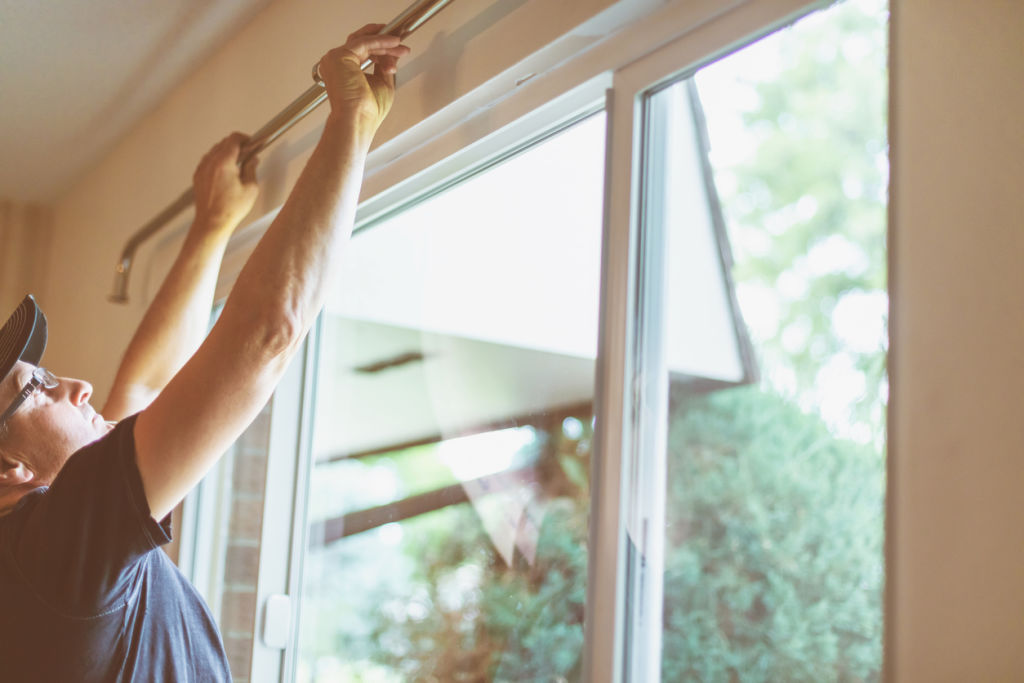
For best thermal performance, Keech advises combining double or secondary glazing with good window coverings and shading. Window coverings, such as cellular blinds and curtains, keep the sun out in summer but also add an additional insulating benefit to a window in winter.
Curtains used for insulation purposes need backing, thickness, a seal (or pelmet) at the top, and should be floor-length, Cuthbertson says. Expect to pay upwards of $3000 to cover all your windows, he says.
The most important yet easiest and cheapest measure is to seal up window draughts, he says.
Keech reveals many windows have an unwanted gap behind the top of the window architrave (the timber moulding around the entire perimeter, fitted to the wall). For blocking and sealing air leaks, there are many different professional specialised products on the market.
Weighing up cost and energy efficiency
The benefits of insulating your windows will vary depending on how well the rest of your home is insulated, Cuthbertson says. In a well-insulated, draught-proofed home, retrofitting double glazing can reduce heat loss through windows by 50 per cent and cut heating costs by 25 per cent, resulting in a lower electricity bill.
Savings need to be considered in the context of the cost of the retrofits. The double-glazed units sold by Cuthbertson, for example, start at $285 per square metre.
How much you heat your home is a further factor. “If you heat it to 22 degrees, your heating bills are going to be enormous, and so your savings are going to be enormous,” he says. “If you heat your house to 15 degrees, your savings will be virtually nothing.”
Regardless of cost, high-performance double or triple-glazing provides the best thermal comfort.
We recommend
We thought you might like
States
Capital Cities
Capital Cities - Rentals
Popular Areas
Allhomes
More
